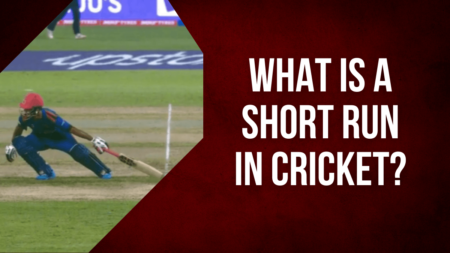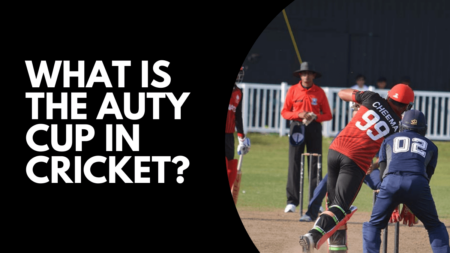
 Badminton Racket Sport Racket Badminton Shuttlecock
Badminton Racket Sport Racket Badminton Shuttlecock There are five ways in which a badminton racquet can be gripped. Any deviations from these four techniques puts the player at a risk of muscular strains owing to their improper technique. In order to understand the basic grips, it is important to understand the concept of bevels on the badminton grip.

Badminton grips comes in three shapes: octagonal, round, square. Square grips are not always comfortable and often restrict a few shots. Round grips are convenient but do not provide the player with the needed friction with the racquet that helps in aggressive shot-making. Octagonal grips are the most ideal grip shapes, eliminating the drawbacks of the former two grip shapes.
The eight sides of the octagonal grip are called bevels. In an anti-clockwise manner, the bevels are numbered from 1 to 8. Let us now understand the five basic grips patterns.
Forehand Grip
The forehand grip is the most commonly used grip. The player holds it in such a manner as if he or she is shaking hands with another person. The thumb lies on the third and the index finger lies on the seventh bevel. Another guide to check a correct forehand grip to see the formation of a ‘V’ shape between the thumb and index finger.
Backhand Thumb Grip
This grip is often used in low serves and in response to drive shots. The player has to keep the racquet head in facing the front at all times. The bevel that corresponds to this front face of the racquet is where the thumb is placed.
Backhand Thumb Bevel Grip
This grip is more often used for executing defensive shots and cross court backhand shots. Unlike the backhand thumb grip, in the backhand thumb bevel grip, the thumb is placed at the bevel on the immediate right (for a right handed player; viz for southpaws) bevel.
Hammer Grip
As the name suggest, this grip is used for executing attacking shots like smashes. The player is literally supposed to hold the racquet like a hammer and executes the smash by some added momentum with a jump
Net Tap or Pan Hold Grip
Yet again, the name gives away the technique. The racquet is held just like a pan is held. It is used when the shuttle lands near the net and has to be returned on the forecourt of the opponent.
In addition to these grips, three rules need to be remembered in order to avoid any hindered movement of the racquets.
The thumbs should never cover the fingers.
The index finger should never be extended and must always be bent and wrapped around the grip.
The racquet should never be held such that the wrist becomes locked.
Following the above techniques, this guide will suffice the reader in understanding the basic grips in badminton.




